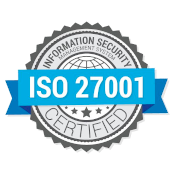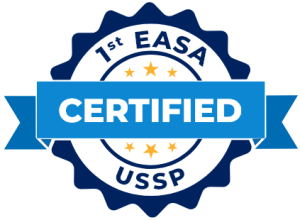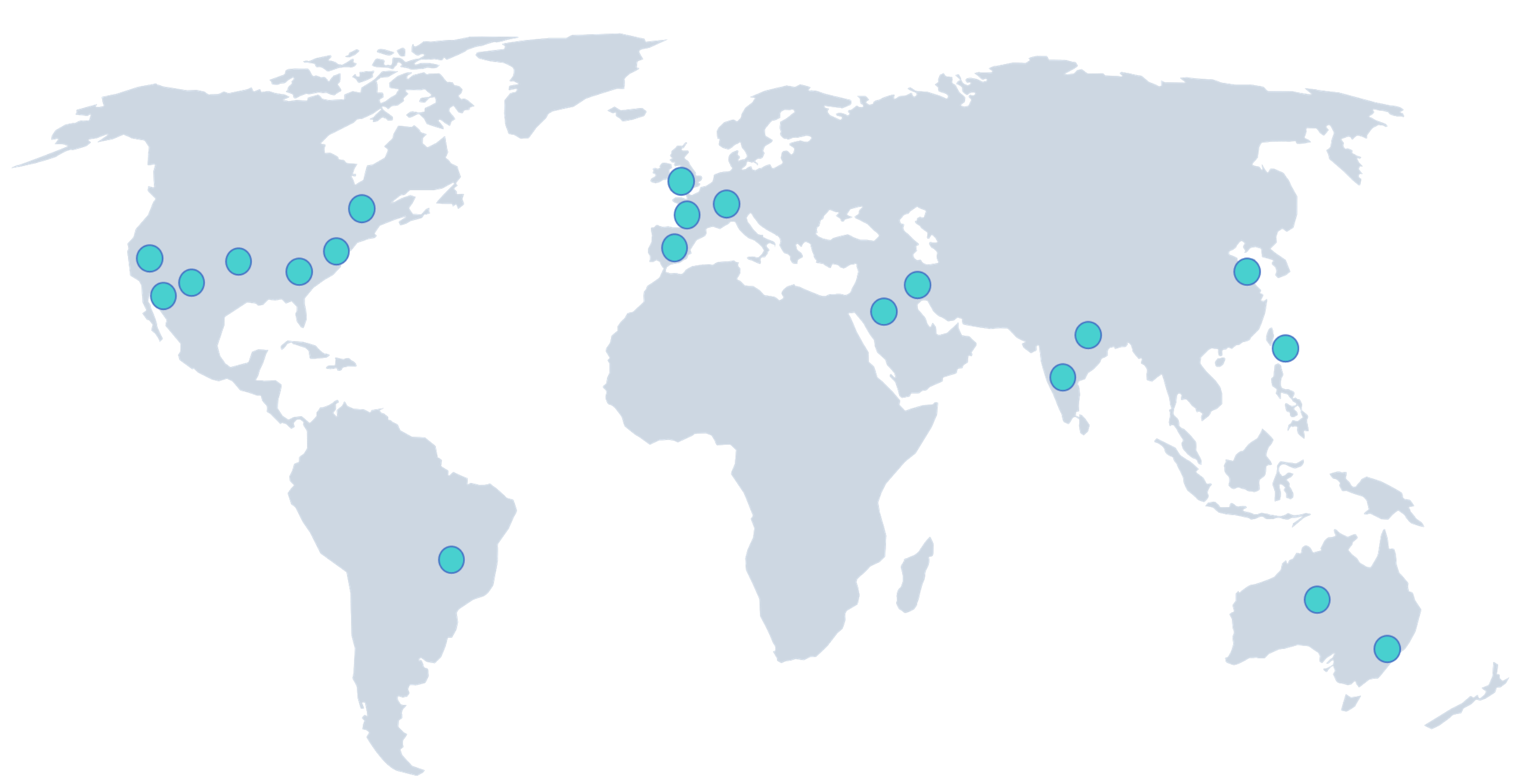About the Company
NEXT GENESIS OF AIRSPACE SOLUTIONS
ANRA Technologies is a leading international provider of end-to-end drone operations and traffic management solutions for uncrewed system operators and airspace managers. ANRA offers intelligent and modular traffic management software capabilities as part of the service family for UAS Traffic Management (UTM) and Urban Air Mobility (UAM) operations.
For organizations that need an enterprise-class drone operations solution, we offer ANRA Mission Manager and for delivery solutions, we offer ANRA Delivery. The platforms have been rigorously tested and vetted by the world’s foremost government aviation authorities and are operational today in multiple locations worldwide.
+
active Clients
+
Projects Done
+




















